|
Muzzle Blasts Online |
|
...for the muzzleloading enthusiast |
|
The muzzleblasts.com domain, subdomains, content, etc., are neither affiliated with the NMLRA nor its paper magazine Muzzle Blasts |
|
Muzzle Blasts Online |
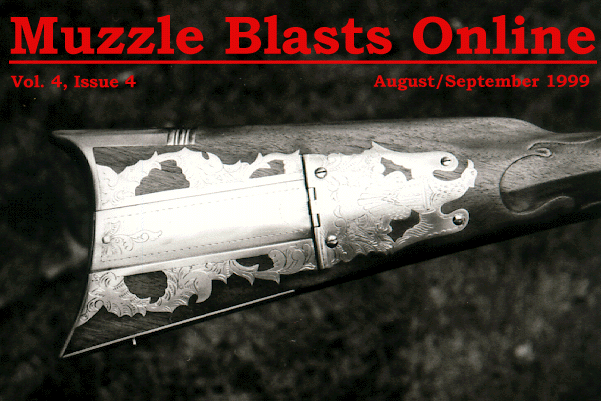
|
|
|
|
|
|
Arrows, Eagles, and Olive Branches
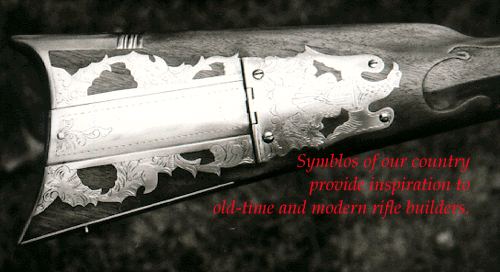
|
|
The eagle in the finial of a patchbox was depicted as a symbol of national pride by the muzzleloading rifle maker. |
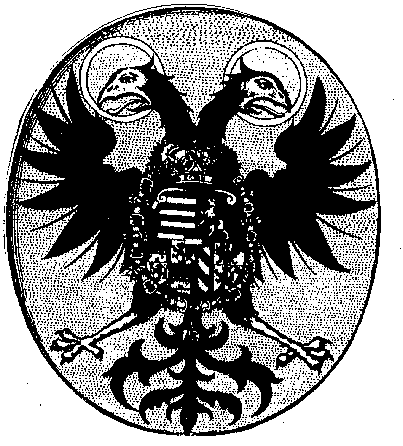
|
|
Figure 1: Double-headed eagle in the Hapsburg coat of arms. |
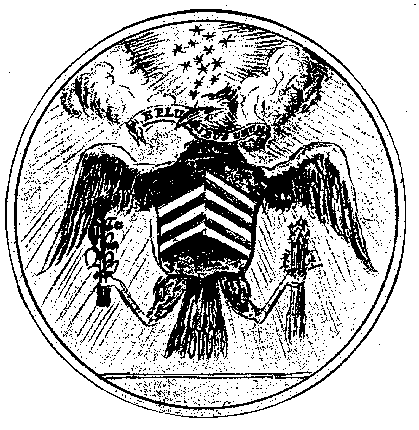
|
|
Figure 2: Original rendering of the first Great Seal of the United States by Charles Thomson in 1789. |
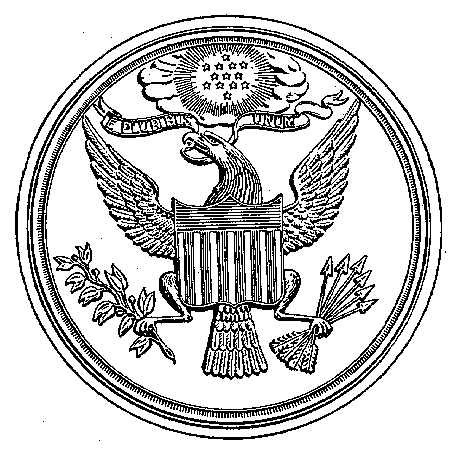
|
|
Figure 3: The eagle in the Great Seal of the 1840's came very close to the permanent version now in use. |
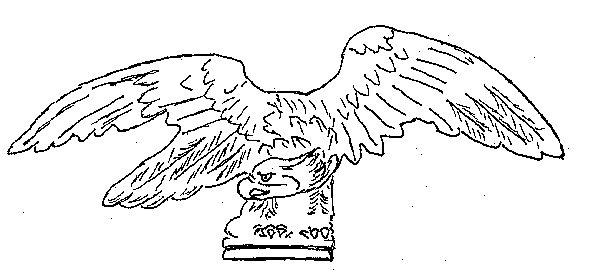
|
|
Figure 4: Pen and ink sketch of an eagle carved by William Rush, Philadelphia, 1810. |
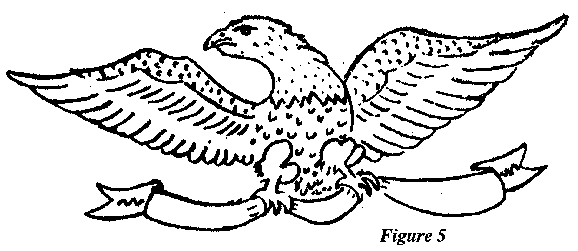
|
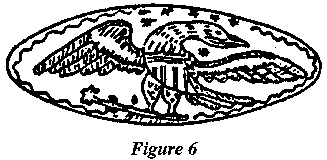
|

|
|
Various forms of the eagle that have been employed as inlays on or behind the cheekpiece of muzzleloading rifles. |
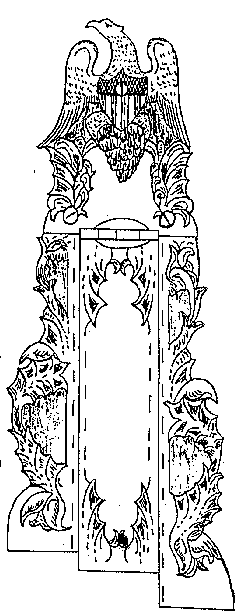
|
|
Figure 8: Engraving pattern supplied with commercially available patchbox with eagle finial (see list of suppliers). |
A large patchbox incorporating an eagle into its finial in a manner reminiscent of the Vogler patter on some North Carolina rifles is commercially available (see supplier list), complete with engraving pattern (Fig. 8). The engraving of the eagle on the patchbox finial of the header photo was modified slightly (Fig. 9) to bring the silhouette closer to the arrows-eagle-olive branches motif of the U.S. Great Seal. The patchbox pattern has sufficient metal in the area above the bird's feet to allow modification so as to bring its outline more into conformity with the eagle's outstretched legs. However, hindsight is always 20/20, and so after engraving it, I modified it still further to make it more engraver-friendly as shown in figure 10.
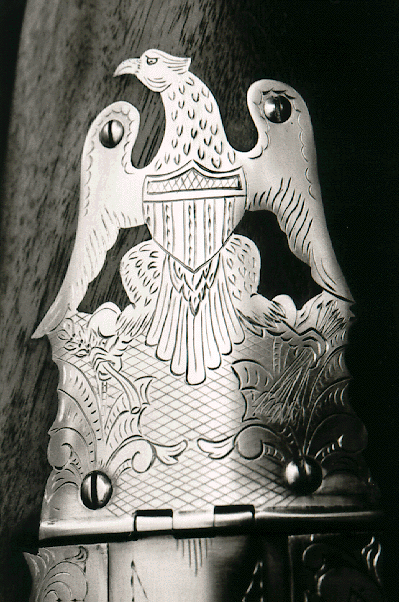
|
|
Figure 9: Close-up of eagle patchbox finial as engraved by the author. |
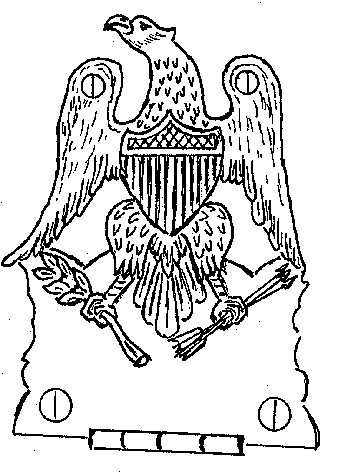
|
|
Figure 10: Engraver-friendly version of eagle pattern for patchbox finial. |
If none of these eagle renditions suit your fancy or the decor of your rifle-in-progress, turn over to the back side of a dollar bill (assuming you can keep a dollar these days long enough to inspect its detail) and adapt the current version of the Great Seal to your decorative tastes. If you are currently too broke for that alternative, you still might be able to beg two bits off your kids before they are off to the video games arcade; there's a passable eagle on its "tails" side. And, if even your kids turn you down, there's always the public library with its helpful librarian willing to give you a free look at the majestic eagle embossed on the cover of the Encyclopedia Americana. No matter where you find them, arrows, eagles, and olive branches are going to be around for a long, long time. Many are useful motifs for rifle-building projects.
References
1. Metzgar, T.J. and Whisker, J.B. 1988. Gunsmiths of Western Pennsylvania. Vol. 1. Old Bedford Village Press, Bedford, PA.
2. Johnston, J.R. 1976. Kentucky Rifles and Pistols 1750-1850. Golden Age Arms Publisher, Columbus, OH.
3. Isaacson, P.M. 1975. The American Eagle. Little, Brown & Co., Boston, MA.
Suppliers
Don Eads' Muzzleloader Builder's Supply, phone (615) 799-2128, fax (615) 799-9962 for eagle patchboxes and engraving patterns
Brownell's, Inc., phone (515) 623-5401 for engraving tools and supplies.